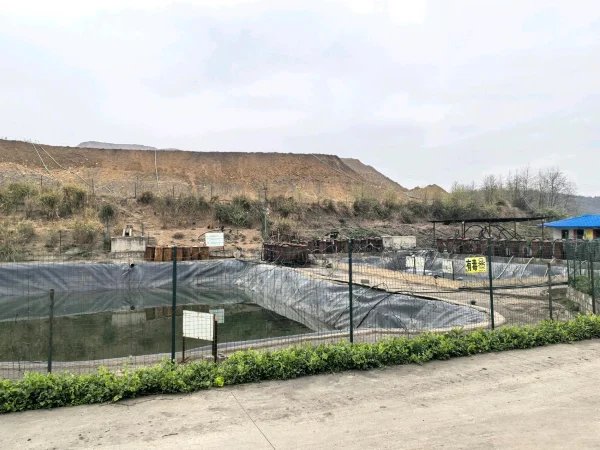
Gold, a precious metal highly sought after for centuries, has been the subject of numerous extraction methods. One of the most widely used techniques in the modern mining industry is gold cyanidation. This article delves into the intricacies of the gold cyanidation process, exploring its history, chemical reactions (explained without formulas), operational steps, and environmental considerations.
Historical Development
The concept of using cyanide to extract gold dates back to the 19th century. In 1783. Carl Wilhelm Scheele discovered that gold could dissolve in aqueous solutions of cyanide. However, it was not until 1887 that John Stewart MacArthur, in collaboration with Robert and William Forrest, developed the MacArthur - Forrest process, which revolutionized the gold mining industry. This process involved suspe
ndng crushed ore in a cyanide solution, enabling the separation of up to 96 percent pure gold. The method was first implemented in South Africa's Witwatersrand in 1890. leading to a significant expansion of the gold mining sector.
The Chemical Process
At the heart of the gold cyanidation process is a reaction where gold, in the presence of cyanide and oxygen, undergoes a transformation. Cyanide ions bond with gold atoms in a specific way, and oxygen plays a crucial role as an oxidizing agent. This reaction allows the gold to transform from its solid, often embedded form within the ore, into a soluble state. In simple terms, the combination of cyanide and oxygen enables the gold to break free from the other minerals in the ore and dissolve into the solution. This chemical reaction is the basis for separating gold from low - grade ores.
Operational Steps
Ore Preparation
The first step in the gold cyanidation process is ore preparation. The ore is typically mined and then transported to the processing plant. Here, it undergoes crushing and grinding to reduce its particle size. This increases the surface area of the ore, allowing for more efficient contact with the cyanide solution. Depending on the nature of the ore, it may also be concentrated using techniques such as froth flotation or gravity concentration.
Cyanide Leaching
Once the ore is prepared, it is mixed with a solution containing cyanide. The source of cyanide can be sodium cyanide, potassium cyanide, or calcium cyanide, with calcium cyanide often preferred due to its cost - effectiveness. The ore slurry is then agitated in large tanks to ensure thorough mixing. To prevent the formation of toxic hydrogen cyanide, the solution is maintained at a high pH, usually above 10.5. by adding substances like slaked lime or sodium hydroxide. Oxygen is also introduced into the system, either by bubbling air or pure oxygen gas through the pulp or by adding hydrogen peroxide. This step, known as cyanide leaching, allows the gold to dissolve into the solution.
Gold Recovery
After the gold has been dissolved into the cyanide solution, it needs to be recovered. There are several methods for achieving this. One common approach is the Merrill - Crowe process, which involves using vacuum and zinc dust to precipitate the gold from the solution. Another method is the use of activated carbon to adsorb the gold - containing compounds. The carbon is then removed from the solution and the gold is stripped off through a series of chemical processes.
Detoxification
The cyanide remaining in the waste streams from the gold extraction process is highly toxic and poses a significant environmental risk. To mitigate this, many operations include a detoxification step. This can involve chemical treatments to break down the cyanide into less harmful substances. For example, the Inco - licensed process and the Caro's acid process are used to oxidize the cyanide, reducing its concentration in the waste streams.
Factors Affecting the Process
Mineralogy of the Ore
The mineralogy of the ore plays a crucial role in the success of the gold cyanidation process. Ores that contain high levels of certain minerals, such as pyrite, can consume cyanide and oxygen, reducing the efficiency of the leaching process. Additionally, the presence of other metals, such as copper, zinc, and iron, can also interfere with the extraction of gold. Pretreatment of the ore, such as roasting or bioleaching, may be necessary to remove or modify these interfering minerals.
pH and Oxygen Levels
Maintaining the correct pH and oxygen levels is essential for the gold cyanidation process. As mentioned earlier, the pH of the solution must be kept above 10.5 to prevent the formation of toxic hydrogen cyanide. Additionally, a sufficient supply of oxygen is required to drive the chemical reaction that dissolves the gold. Insufficient oxygen can slow down the leaching rate and reduce the overall recovery of gold.
Cyanide Concentration
The concentration of cyanide in the solution is another critical factor. While a higher cyanide concentration can increase the rate of gold dissolution, it also increases the cost of the process and the environmental risk associated with cyanide use. Therefore, the optimal cyanide concentration must be carefully determined based on the characteristics of the ore and the operational requirements of the mining operation.
Environmental and Safety Concerns
The use of cyanide in the gold mining industry has raised significant environmental and safety concerns. Cyanide is highly toxic to living organisms and can have severe impacts on aquatic ecosystems if it is released into the environment. To address these concerns, strict regulations have been implemented in many countries to govern the use and disposal of cyanide in gold mining. Mining companies are required to implement appropriate safety measures, such as containment systems and emergency response plans, to prevent cyanide spills. Additionally, efforts are being made to develop alternative, less toxic methods for gold extraction.
Conclusion
Gold cyanidation is a complex and widely used process for extracting gold from low - grade ores. Despite its efficiency and long history of use, it is not without its challenges. The environmental and safety concerns associated with cyanide use have led to increased scrutiny and the development of more sustainable alternatives. However, for the time being, gold cyanidation remains a cornerstone of the modern gold mining industry, enabling the extraction of this precious metal from a wide range of ore types. As technology continues to evolve, it is likely that the gold cyanidation process will also be refined to become more efficient and environmentally friendly.
- Random article
- Popular articles
- Popular comments
- Nickel ore magnetic separation+flotation combined process(Sulfide ore)
- Lithium ore positive flotation process
- Zirconium Ore Separation: Gravity and Magnetic Methods
- Chromite Gravity and Magnetic Separation Process
- Chromite Processing: Gravity, Magnetic, and Flotation Separation
- Efficient purification of manganese ore by magnetic separation process
- Rutile Gravity Separation, Magnetic Separation, and Flotation Process



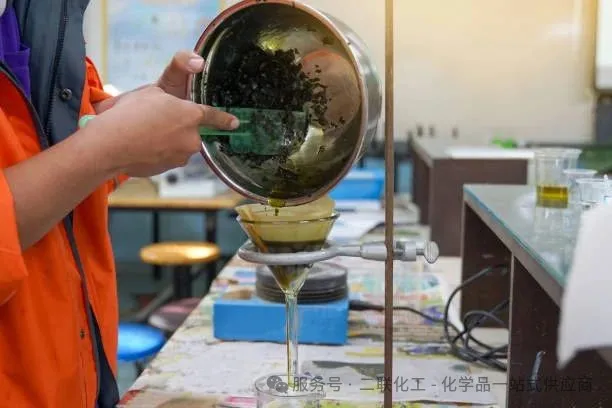
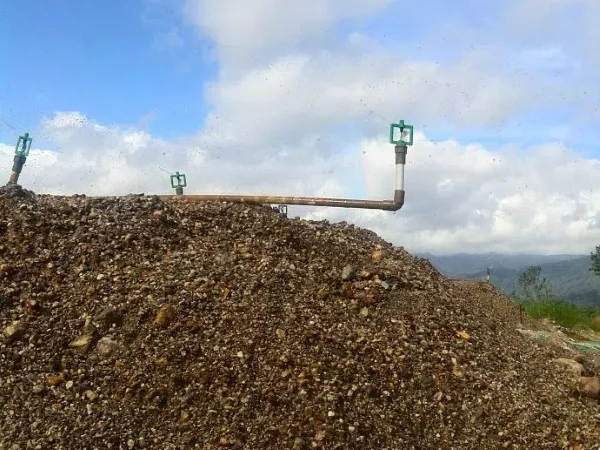
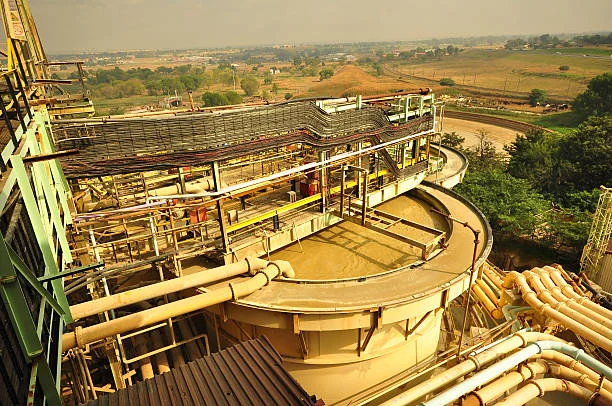

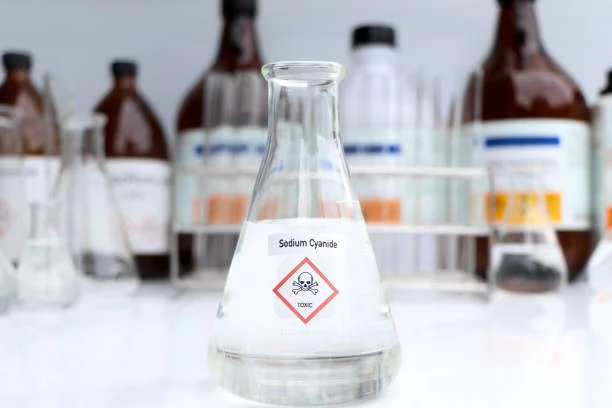

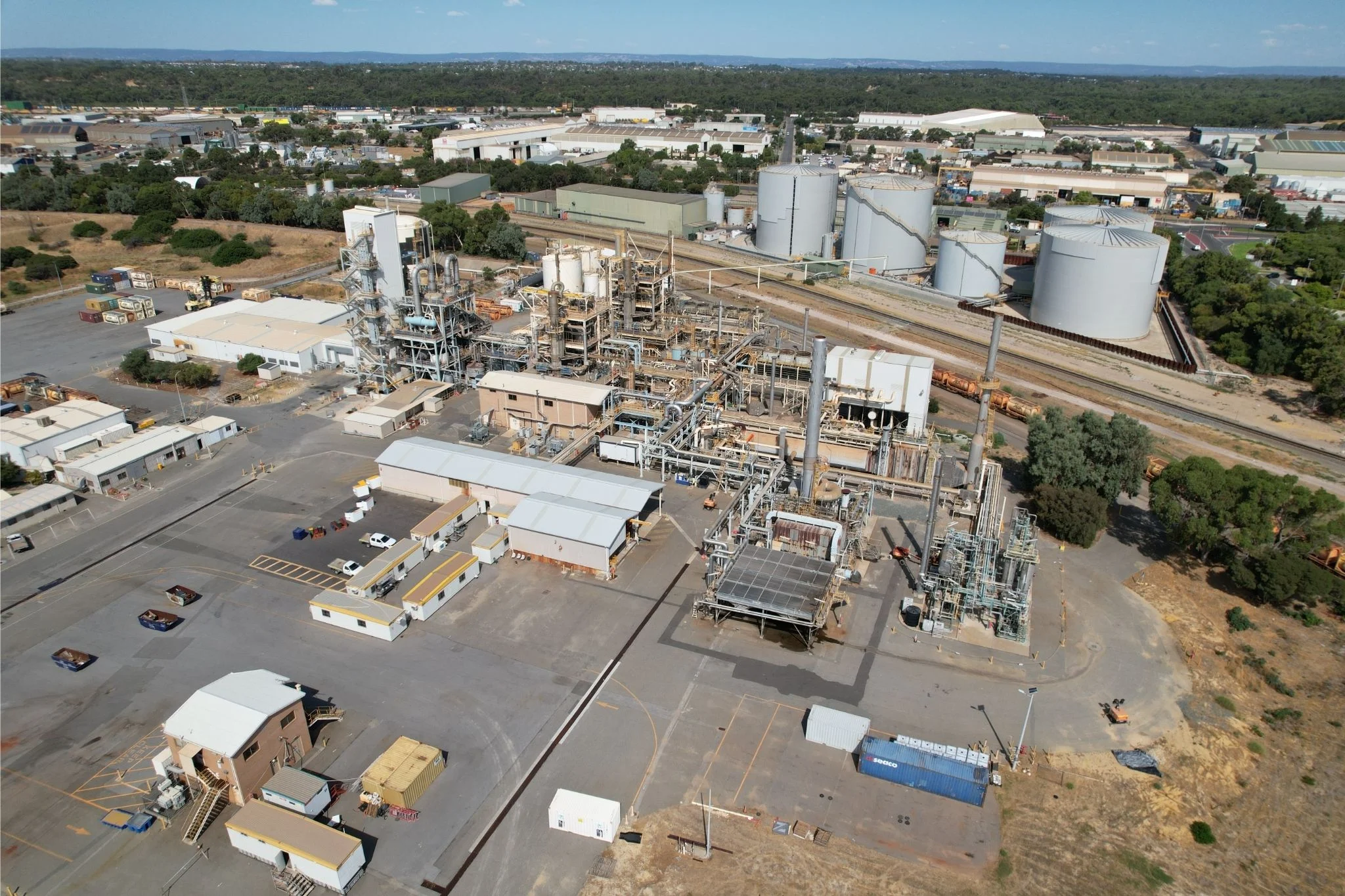



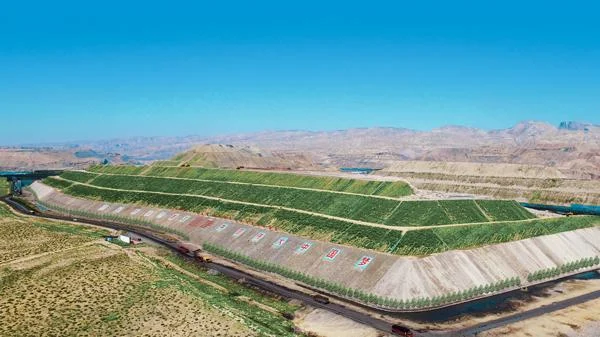

Leave a message with your needs or comments
Add comment: